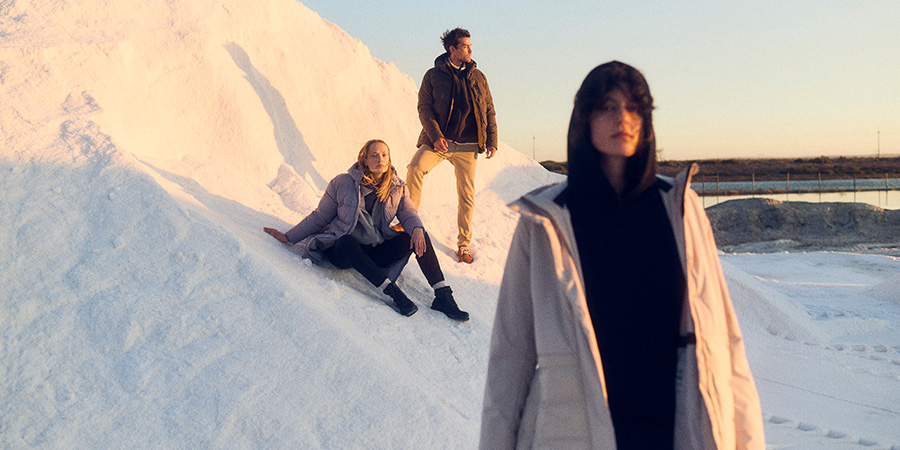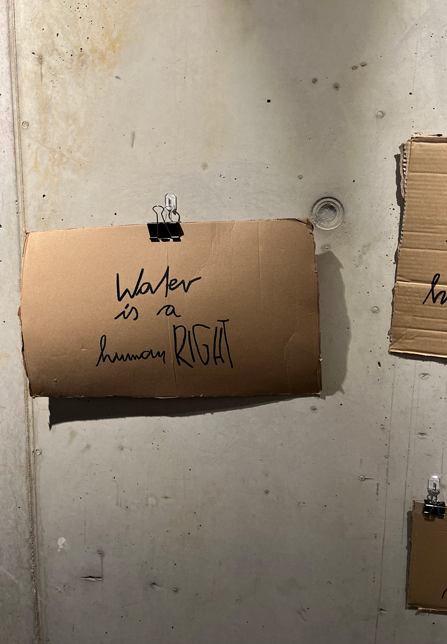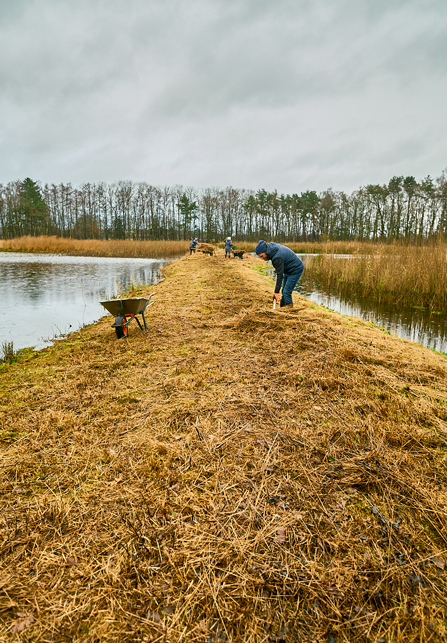EXPLORER STORIES
Night hike in nature
While we usually try to be back home before it gets dark, there are good reasons to do it differently for once. So why is a night hike a unique experience? We’ll share with you why we think a night hike is definitely worth it.
Unique experiences.
For example, you can observe the Milky Way, discover meteors, experience rare celestial events or be guided by the full moon.
A different connection to nature.
If you are out in nature at night, you consciously accept that sight is no longer our most reliable sense. We have to rely more on other senses, like our hearing. We move more slowly and become much more aware of our immediate surroundings. And after a while, even our eyesight adjusts to the light conditions and we can see much more than we thought, even in the dark.
Hidden secrets.
Nature never sleeps. Discover the full diversity of our nature and get to know a world that remains hidden from us during the day. Your protagonists are nocturnal animals and plants that have perfectly adapted their senses and behaviour to the night.
Rediscover the familiar.
You don't necessarily need a new route for a night hike. Even routes that we have often walked during the day develop a completely different, new fascination in the dark.
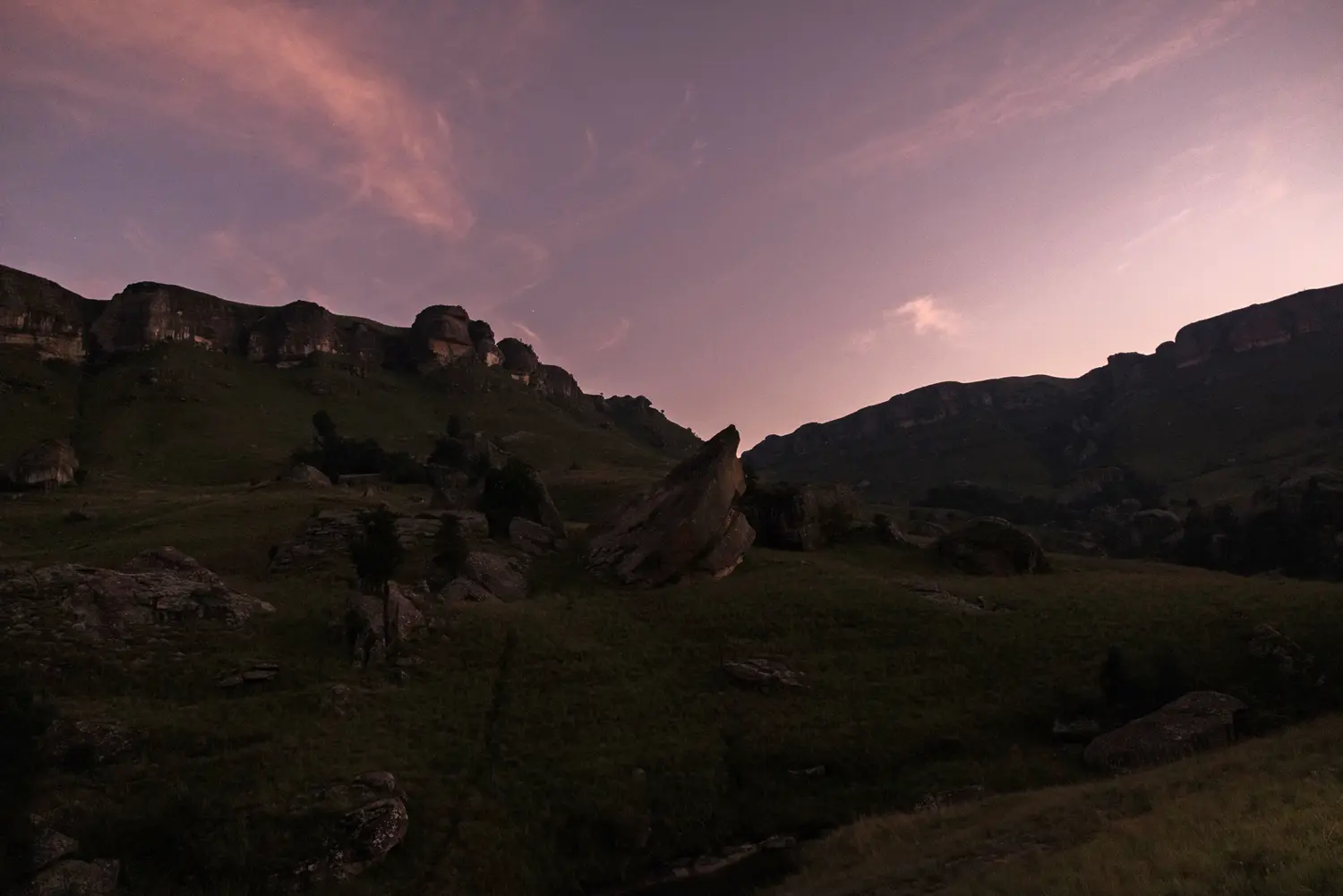
Discover nocturnal animals and plants.
Some are asleep, others become active. If you set out in the dark, you won't be the only ones active at this time. For many animals, night is day. This applies especially to those species that can orient themselves much better without sunlight and find their food sources at night. About 30% of vertebrates and 60% of invertebrates are active at night. For example, owls, badgers, bobcats, mice, bats or moths come out of their hiding places. Moths and butterflies pollinate plants at night and thus contribute an important part to the natural cycle.
Animal activity.
5 nocturnal animals:
Owl - Typically, these silent birds of prey go hunting at night. During the day they sleep, with a few exceptions. The best-known owl species are certainly the eagle owl, the tawny owl, the barn owl and the snowy owl.
Fox - The fox only wakes up at dusk and goes out in search of prey. Its sensory organs are specially adapted to life in the dark. With its eyes, the fox still sees very well, while humans can no longer recognize anything.
Badger - With its black and white striped face, the badger is easy to recognize. It is a rather shy animal and usually lives in forests or underground caves.
Moths - Strictly speaking, moths belong to the butterflies. Like butterflies, moths love sweet flower and fruit juices, which they then help themselves to during the night.
Bats - When you think of nocturnal animals, the first thing that comes to mind is the bat. Bats can be found on all continents of the world. They can see well in the dark as well as use echolocation.
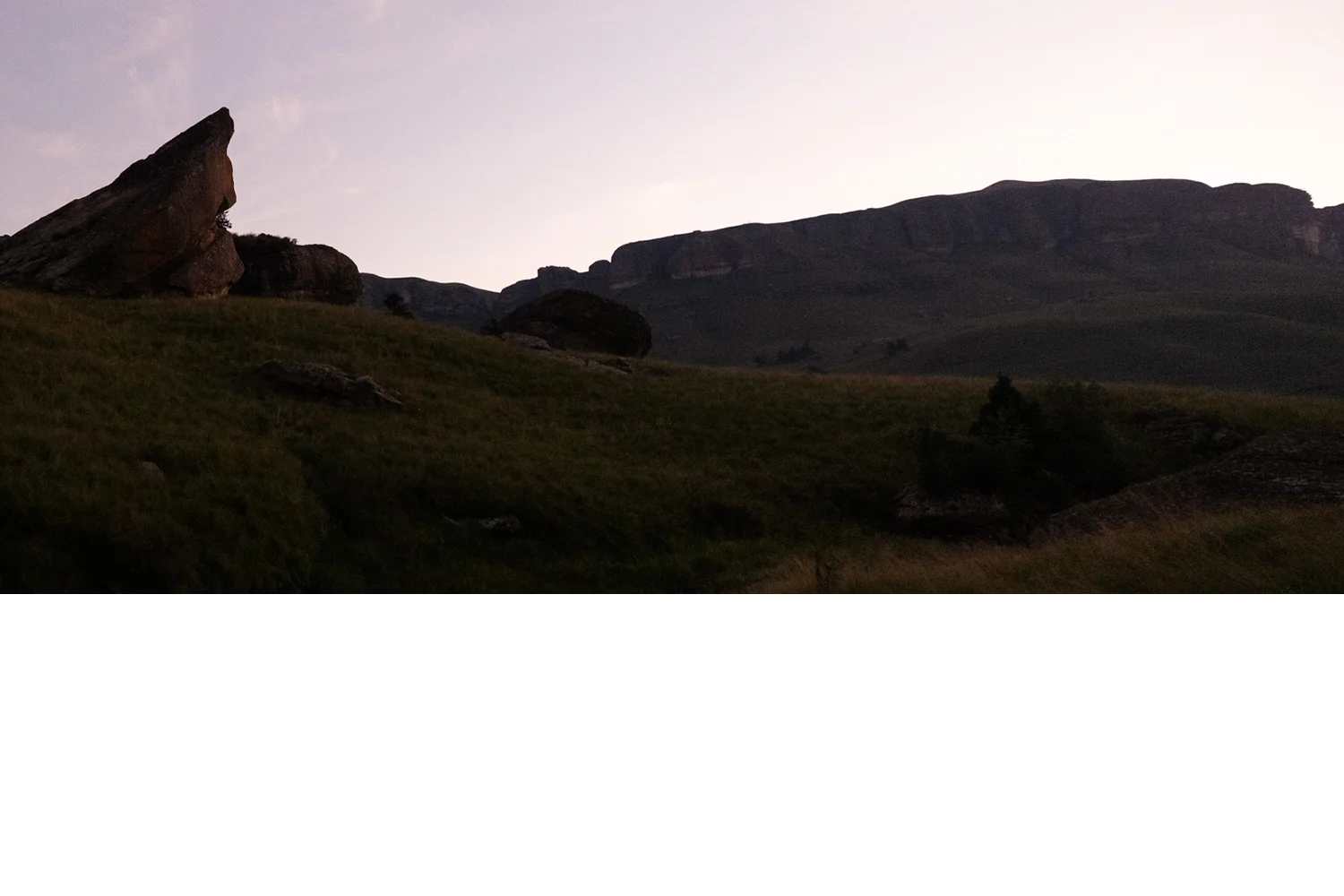
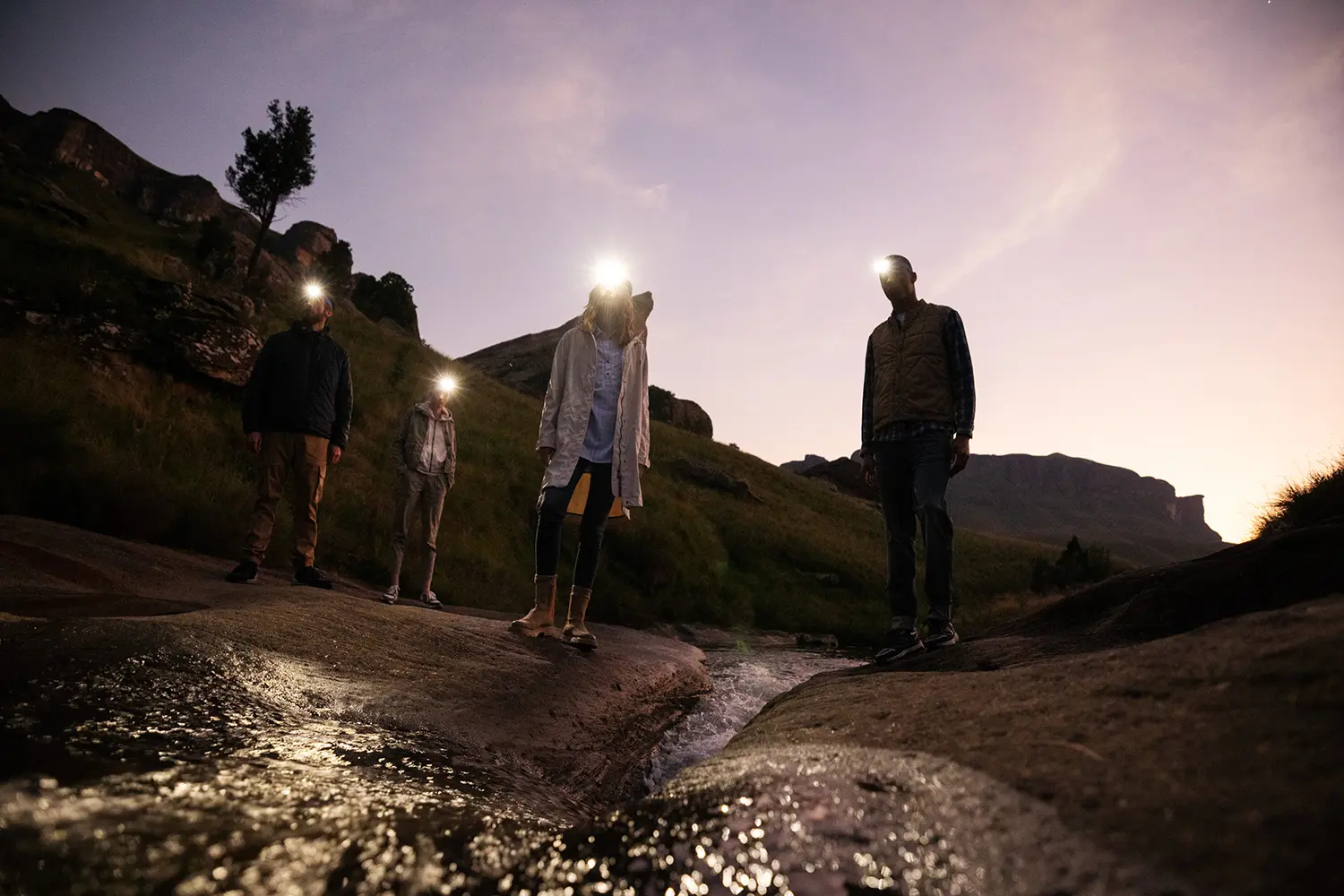
The scent of the night.
5 nocturnal plants:
They only open their flowers when others close them. So-called night-flowering plants attract insects after sunset with their bright colours and intense scent. Night violet. Moon bindweed. Evening levkoje. Evening primrose. The names alone reveal their characteristics. Among the night bloomers are many long-tubed flowers on which only insects with long proboscises have a chance of nectar. However, the nocturnal visitors are not only attracted by the intense scent, but also by the bright flower colours.
For example:
- Evening levkoje (Matthiola bicornis)
- Evening primrose (Oenothera biennis)
- Night violet (Hesperis matronalis)
- Persistent silverleaf, moon violet (Lunaria rediviva)
- Musk mallow (Malva moscata)
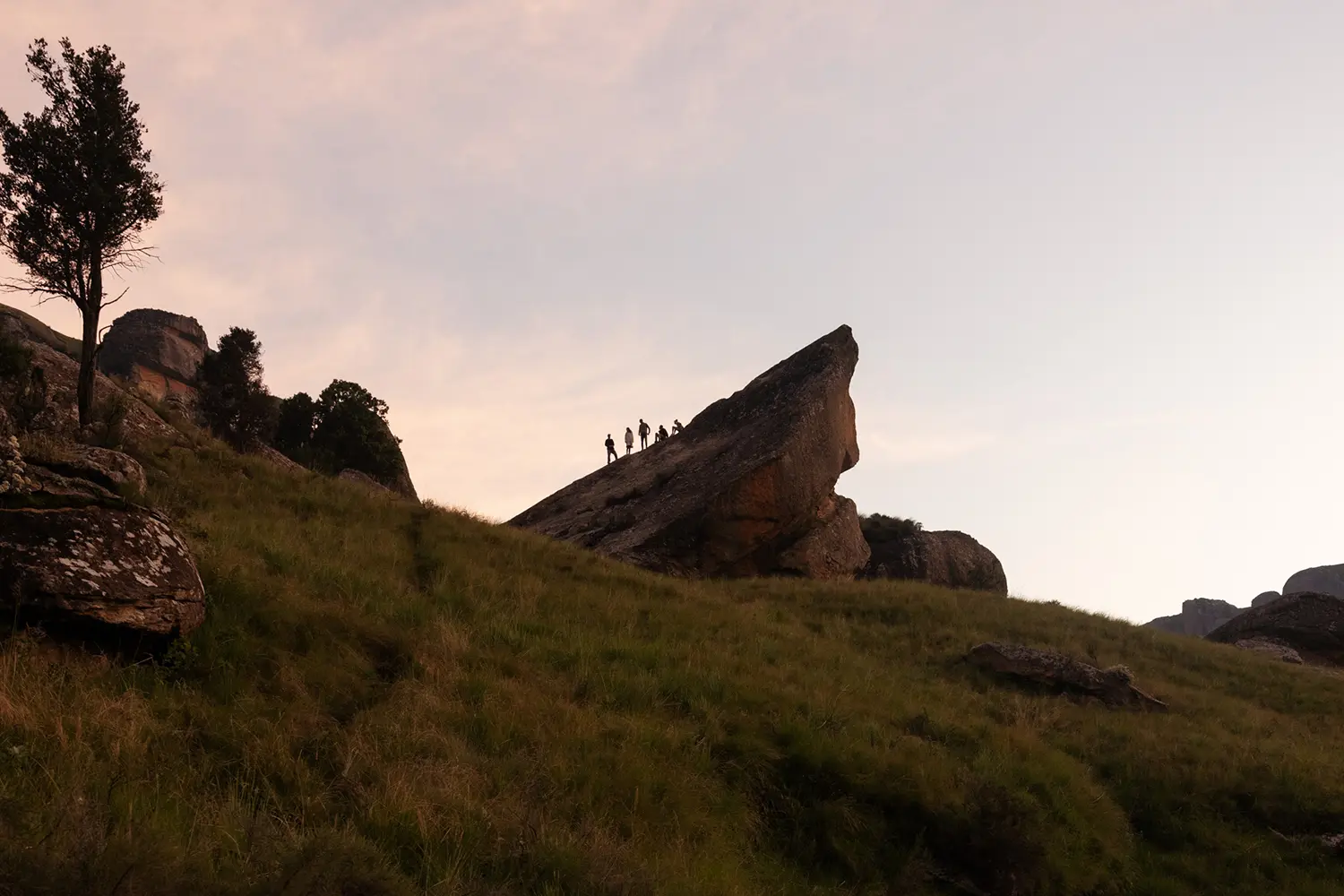
How to plan your night hike.
A night hike is easy to organize. As so often in life, common sense helps. First and foremost, it's about enjoying the wonderful changes in the forest and nature and rediscovering a familiar world. With the following tips, you can avoid unnecessary risks on your Night Hike and respect nature at the same time.
The right route for a night hike.
Of course, the risk of getting lost on a night hike is much greater than during daylight. Therefore, first find a relatively easy route. Maybe even a familiar route that you have walked many times in the daylight.
Avoid difficult terrain such as river crossings, cliffs or ridges. You should also avoid dense forests. Find out where you can observe nocturnal animals and plants without risk.
Check the weather forecast. Plan your hike for a night when it will be clear for as long as possible. Start at sunset and enjoy the wonderful light until your eyes slowly adjust to the darkness.
Hike in a group. Unique experiences become even more intense when you share them. In addition, people who have respect for the dark immediately feel much safer.
Take your time. A night hike is not a race. Take breaks to enjoy the atmosphere around you. Listen, smell and see what is hidden during the day.
5 simple rules for a night walk:
- Do not disturb wildlife, but observe it from a distance.
- Never walk in a hunting area at night.
- Choose your path through nature in advance and do not stray from the path.
- If you are travelling in a group, stay together.
- Let someone know where you are going and when you expect to be back.
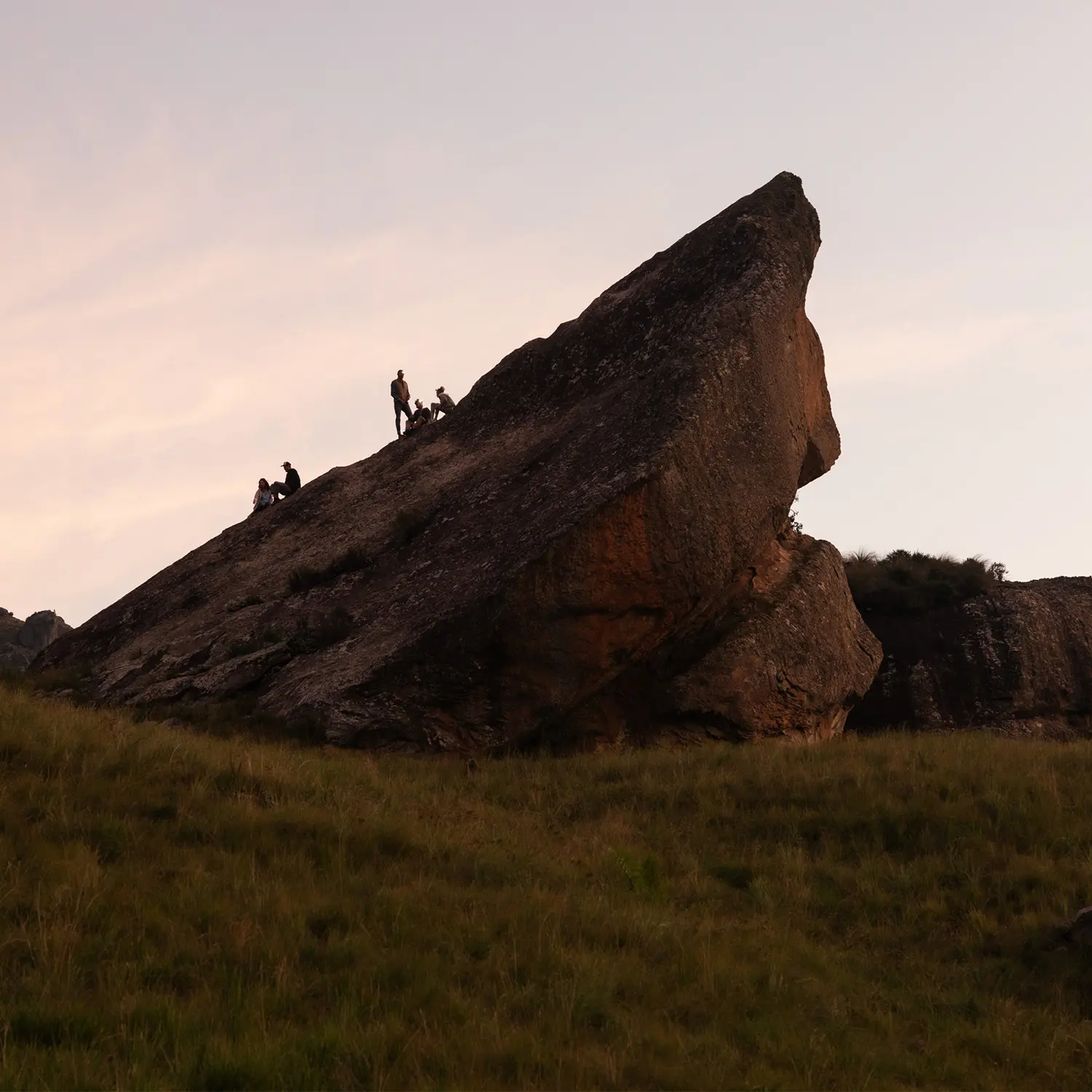
The best torch in the world:
the moon.
If you've never done a night hike before, you may think that a brighter light is better for exploring the darkness. While bright headlamps and torches are great for some outings where maximum illumination is essential, the bright white light is more of a hindrance for good night vision.
So use your headlamp or torch as little as possible and rely on the natural light of the moon. Give your eyes time to adjust to the darkness before you set off. This can take up to 45 minutes. You will be amazed at how well you can see at night.
Your packing list for a night hike
The following items should be in your backpack when you go out into nature at night:
- Flashlight or headlamp
- Mobile phone for emergencies
- Warmer clothes - it can get cold at night
- Binoculars for stargazing
- Good camera for night photography
- Snacks and drinks - but please take your rubbish with you!
- Sturdy shoes
Have you done a night walk and want to share your pictures with us? Link us @camelactive in your stories, posts and reels on Instagram or use the hashtag #nighthikewithcamelactive. We look forward to your contributions!





